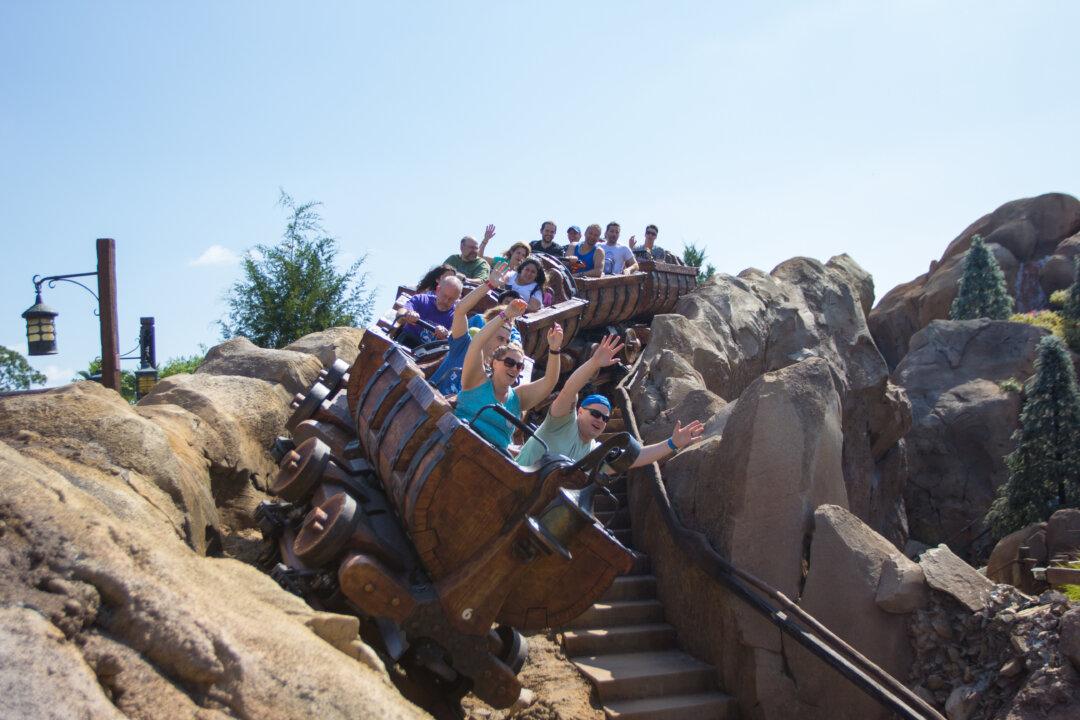Riding a roller coaster helps patients pass kidney stones with nearly a 70 percent success rate, research shows.
David Wartinger, a professor emeritus in the department of osteopathic surgical specialties at Michigan State University, led both a pilot study and an expanded study to assess whether the stories he was hearing from patients were true.
The pilot study appears in the Journal of the American Osteopathic Association.
“Basically, I had patients telling me that after riding a particular roller coaster at Walt Disney World, they were able to pass their kidney stone,” Wartinger said. “I even had one patient say he passed three different stones after riding multiple times.”

Daniel Berehulak/Getty Images





